Home>Garden Essentials>How Much Does A Vertical Garden Cost
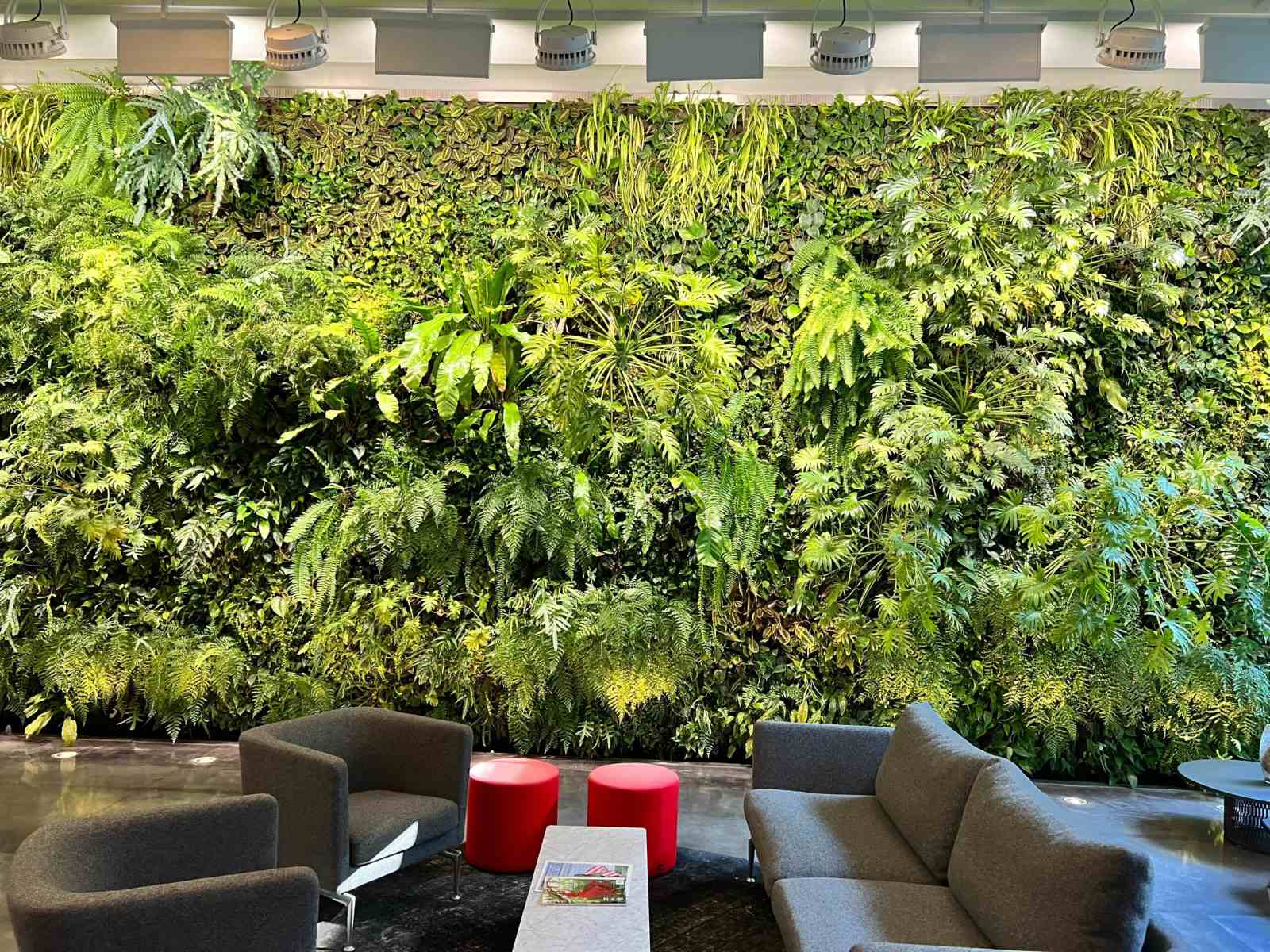

Garden Essentials
How Much Does A Vertical Garden Cost
Modified: October 20, 2024
Learn about the cost of vertical gardens and discover how this innovative garden solution can transform your space while staying within your budget.
(Many of the links in this article redirect to a specific reviewed product. Your purchase of these products through affiliate links helps to generate commission for Storables.com, at no extra cost. Learn more)
Introduction
Welcome to the world of vertical gardening! If you have ever dreamed of having a lush and vibrant garden, but space constraints have hindered your green aspirations, then vertical gardening might be the perfect solution for you. Vertical gardening is a creative and innovative way to maximize your gardening space by growing plants upwards, rather than outwards. Not only does it allow you to enjoy the beauty of nature in limited spaces, but it also adds a unique and visually appealing element to your home or outdoor area.
However, before embarking on your vertical gardening journey, it’s important to understand the various factors that can influence the cost of setting up and maintaining a vertical garden. By being aware of these factors, you can make informed decisions and effectively manage your budget.
In this article, we will explore the different elements that contribute to the cost of a vertical garden, including the types of vertical garden systems, maintenance expenses, and other additional considerations. We will also highlight the numerous benefits of investing in a vertical garden, so you can fully grasp the value it can bring to your life and surroundings.
So, let’s dig in and discover everything you need to know about the cost of a vertical garden!
Key Takeaways:
- Vertical gardens offer a space-saving solution for gardening in small areas. Costs vary based on factors like size, system type, and maintenance, but the benefits include improved air quality and reduced water consumption.
- When considering a vertical garden, factor in costs for installation, maintenance, and additional expenses. The benefits, such as maximizing space and attracting biodiversity, make it a rewarding and sustainable gardening option.
Read more: How Much Does Vertical Blinds Cost
Factors Affecting Vertical Garden Cost
When determining the cost of a vertical garden, there are several factors to consider. Understanding these factors will help you plan your budget accordingly and make informed decisions. Here are the key factors that can impact the cost of a vertical garden:
- Size of the Vertical Garden: The size of your vertical garden will play a significant role in determining the overall cost. Larger vertical gardens require more materials, such as planters, irrigation systems, and vertical supports, which will increase the cost.
- Type of Vertical Garden System: There are various types of vertical garden systems available, including living walls, freestanding vertical gardens, and modular panels. Each system has its own set of costs associated with it. For example, living walls often require specialized irrigation systems and maintenance, making them pricier compared to modular panels.
- Plant Selection: The kind of plants you choose for your vertical garden can impact the cost. Some plants require specific growing conditions and may need additional equipment or accessories, such as grow lights or misting systems, which can increase the overall expense.
- Installation Cost: The complexity of the installation process also affects the cost. If you decide to hire professionals for installation, their fees will vary depending on the size and type of vertical garden, as well as the level of expertise required.
- Watering and Irrigation System: A reliable watering and irrigation system is essential for the health and maintenance of your vertical garden. The cost of installing an irrigation system will largely depend on the size and complexity of your garden, as well as the type of system you choose.
It’s important to note that these factors can vary significantly based on individual preferences and specific project requirements. Therefore, it is recommended to consult with vertical garden experts or professionals who can provide accurate cost estimates based on your unique circumstances.
Now that we have explored the key factors that impact the cost of a vertical garden, let’s delve deeper into the different types of vertical garden systems and their associated costs.
Vertical Garden System Types and Costs
Vertical gardens come in various forms, each with its own advantages, disadvantages, and cost implications. Let’s take a closer look at some popular types of vertical garden systems:
- Living Walls: Living walls, also known as green walls, are vertical gardens that feature plants growing directly on a wall or framework. They provide a striking visual display and are often used to create a focal point in both indoor and outdoor spaces. Living walls require more specialized materials, such as structural support, irrigation systems, and soil media. Due to their complexity, the cost of installing a living wall can range from $50 to $200 per square foot, depending on factors like plant selection and irrigation requirements.
- Modular Panels: Modular panels are pre-fabricated units that can be easily attached to walls or other structures. They are typically made from materials like plastic, metal, or fabric and can accommodate a variety of plant types. The cost of modular panels can vary between $20 to $80 per square foot, depending on the quality of materials and plant selection. These panels offer ease of installation and maintenance, making them a cost-effective option for vertical gardens.
- Freestanding Vertical Gardens: Freestanding vertical gardens are standalone structures that allow for flexible placement and mobility. They often consist of stacked planters or pots, which can be arranged vertically to maximize space. The cost of freestanding vertical gardens typically ranges from $100 to $500, depending on the size, materials used, and the number of tiers or levels.
When considering the cost of a specific vertical garden system, it’s essential to factor in additional expenses like soil, fertilizers, and plant selection. These costs can vary based on the type of plants you choose and the ongoing maintenance requirements.
Next, let’s explore the maintenance costs associated with vertical gardens to ensure that you have a comprehensive understanding of the total investment required.
Maintenance Costs of Vertical Gardens
Just like any other garden, vertical gardens require regular maintenance to thrive and stay healthy. Understanding the ongoing maintenance costs is essential for budgeting and ensuring the long-term success of your vertical garden. Here are some key maintenance considerations:
- Watering and Irrigation: Proper water management is crucial for the health of your vertical garden. Depending on the size and type of your garden, you may need to invest in an automatic irrigation system or dedicate time for manual watering. The cost of installing and maintaining an irrigation system will vary, but allocating a portion of your budget for watering equipment and water consumption is important.
- Pruning and Trimming: Regular pruning and trimming of plants are necessary to maintain their shape and promote healthy growth. Depending on the number of plants in your vertical garden, you may need to invest in pruning tools or hire professional gardeners to assist with this task.
- Fertilizers and Nutrients: Providing the necessary nutrients to your plants is essential for their well-being. Depending on the type of plants you choose, you may need to invest in fertilizers or organic nutrients tailored to their specific needs. The cost of these products can vary, so it’s important to factor them into your maintenance budget.
- Pest and Disease Control: Like any garden, vertical gardens are susceptible to pests and diseases. Allocating funds for pest control measures, such as organic insecticides or natural remedies, will help keep your plants healthy and thriving.
- Seasonal Planting and Replacement: Depending on the climate and your plant selection, you may need to replant certain species seasonally. Allocating a portion of your budget for seasonal planting and replacing plants that have reached the end of their lifespan is important for the continuous beauty and functionality of your vertical garden.
It’s important to note that the maintenance costs will vary depending on the size, complexity, and the number of plants in your vertical garden. It’s recommended to set aside a maintenance budget to ensure the long-term success and enjoyment of your garden.
Now that we have covered the maintenance costs, let’s explore some additional expenses that you should consider when budgeting for your vertical garden.
Consider the size, materials, and irrigation system when budgeting for a vertical garden. Costs can range from a few hundred to several thousand dollars. Research and plan carefully to stay within your budget.
Additional Expenses to Consider
When planning your budget for a vertical garden, it’s important to factor in additional expenses beyond the initial installation and maintenance costs. Here are some additional expenses you should consider:
- Structural Reinforcement: Depending on the type of vertical garden system and the size of your desired garden, you may need to reinforce the structure or wall to ensure it can support the weight of the plants and irrigation system. This may require professional assistance and could increase the overall cost of your project.
- Accessories and Decorative Elements: Enhance the visual appeal of your vertical garden by considering the inclusion of accessories and decorative elements. This can include trellises, plant hangers, lighting fixtures, or decorative pots. Remember to allocate a portion of your budget for these additional aesthetic elements.
- Training and Education: If you’re new to vertical gardening, investing in training or educational resources can be beneficial. Workshops, books, or online courses can help you gain the necessary knowledge and skills to care for your vertical garden effectively.
- Energy Costs: If you choose to incorporate grow lights or other electrical components into your vertical garden, you should consider the potential increase in energy costs. LED grow lights are energy-efficient alternatives that can help minimize the impact on your electricity bill.
- Insurance and Warranties: Depending on the size and complexity of your vertical garden, you may want to consider insurance coverage or warranties to protect your investment in case of damage or malfunction.
By considering these additional expenses, you can ensure that you have a comprehensive understanding of the overall investment required for your vertical garden project. Keep in mind that these expenses may vary depending on your specific needs and preferences.
Now that we have explored the factors and costs associated with vertical gardens, let’s take a moment to appreciate the numerous benefits that come with investing in a vertical garden.
Benefits of Investing in a Vertical Garden
Investing in a vertical garden offers an array of benefits that go beyond aesthetics. Let’s explore some of the key advantages:
- Maximizing Space: Vertical gardens allow you to make the most of limited space, whether you have a small balcony, a tiny backyard, or even an indoor area. They give you the opportunity to create a lush and vibrant garden in areas where traditional gardening may not be possible.
- Improved Air Quality: Vertical gardens act as natural air purifiers by absorbing carbon dioxide and releasing oxygen. They can help filter pollutants and improve the overall air quality, creating a healthier and more inviting environment.
- No Soil Limitations: Growing plants vertically eliminates the need for traditional soil-based gardening. Instead, you can use specialized growing media or hydroponic systems, freeing you from the constraints of poor-quality soil and allowing you to grow a wide variety of plants.
- No Back Strain: Unlike traditional gardens, vertical gardens require less bending and kneeling. This makes maintenance tasks much more accessible, especially for those with physical limitations or back strain.
- Reduced Water Consumption: Vertical gardens can be designed with efficient irrigation systems that minimize water usage. This not only helps conserve water but also reduces the time and effort required for manual watering.
- Increased Biodiversity: Vertical gardens provide a habitat for a diverse range of plants, which can attract pollinators like bees and butterflies. This can contribute to the biodiversity of your surroundings and support the overall health of ecosystems.
- Thermal Regulation: The vegetation in vertical gardens helps regulate temperatures by providing shade and insulation. This can help cool down outdoor areas and reduce energy consumption for air conditioning.
These benefits demonstrate the practicality, environmental impact, and overall positive effects of vertical gardens. By investing in a vertical garden, you not only enhance the aesthetic appeal of your space but also contribute to a healthier and more sustainable environment.
With this newfound knowledge of the cost factors, system types, maintenance expenses, and benefits associated with vertical gardens, you can confidently plan, budget, and embark on your vertical gardening journey!
Remember, the cost of a vertical garden can vary depending on various factors. It’s always advisable to consult with experts or professionals who can provide accurate cost estimates tailored to your specific requirements.
Now, get ready to transform your space with the beauty and functionality of a vertical garden. Happy gardening!
Conclusion
Vertical gardens offer a fantastic solution for gardening enthusiasts who are limited by space constraints. By growing plants upwards instead of outwards, vertical gardens allow you to create a lush and vibrant garden in even the smallest of spaces. However, it’s crucial to consider the various factors that can affect the cost of setting up and maintaining a vertical garden.
Size, type of vertical garden system, plant selection, installation cost, and watering and irrigation systems are all important considerations when determining the cost. Additionally, ongoing maintenance expenses, such as pruning, fertilizers, pest control, and seasonal planting, should be factored into your budget. It’s also necessary to consider additional expenses like structural reinforcement, accessories, training, energy costs, and insurance or warranties.
While there are costs associated with vertical gardens, the benefits are numerous. Not only do vertical gardens maximize limited space and offer improved air quality, but they also eliminate soil limitations and reduce water consumption. Vertical gardens can also provide relief from back strain, attract biodiversity, and help regulate temperatures.
By understanding the cost factors, system types, maintenance expenses, and benefits of vertical gardens, you can make informed decisions and confidently embark on this rewarding gardening journey. Remember, it’s always helpful to consult with experts or professionals who can provide accurate cost estimates based on your specific needs.
So, go ahead and embrace the beauty and functionality of a vertical garden. With careful planning, budgeting, and maintenance, you can create a stunning and sustainable oasis in any space! Happy gardening!
Frequently Asked Questions about How Much Does A Vertical Garden Cost
Was this page helpful?
At Storables.com, we guarantee accurate and reliable information. Our content, validated by Expert Board Contributors, is crafted following stringent Editorial Policies. We're committed to providing you with well-researched, expert-backed insights for all your informational needs.





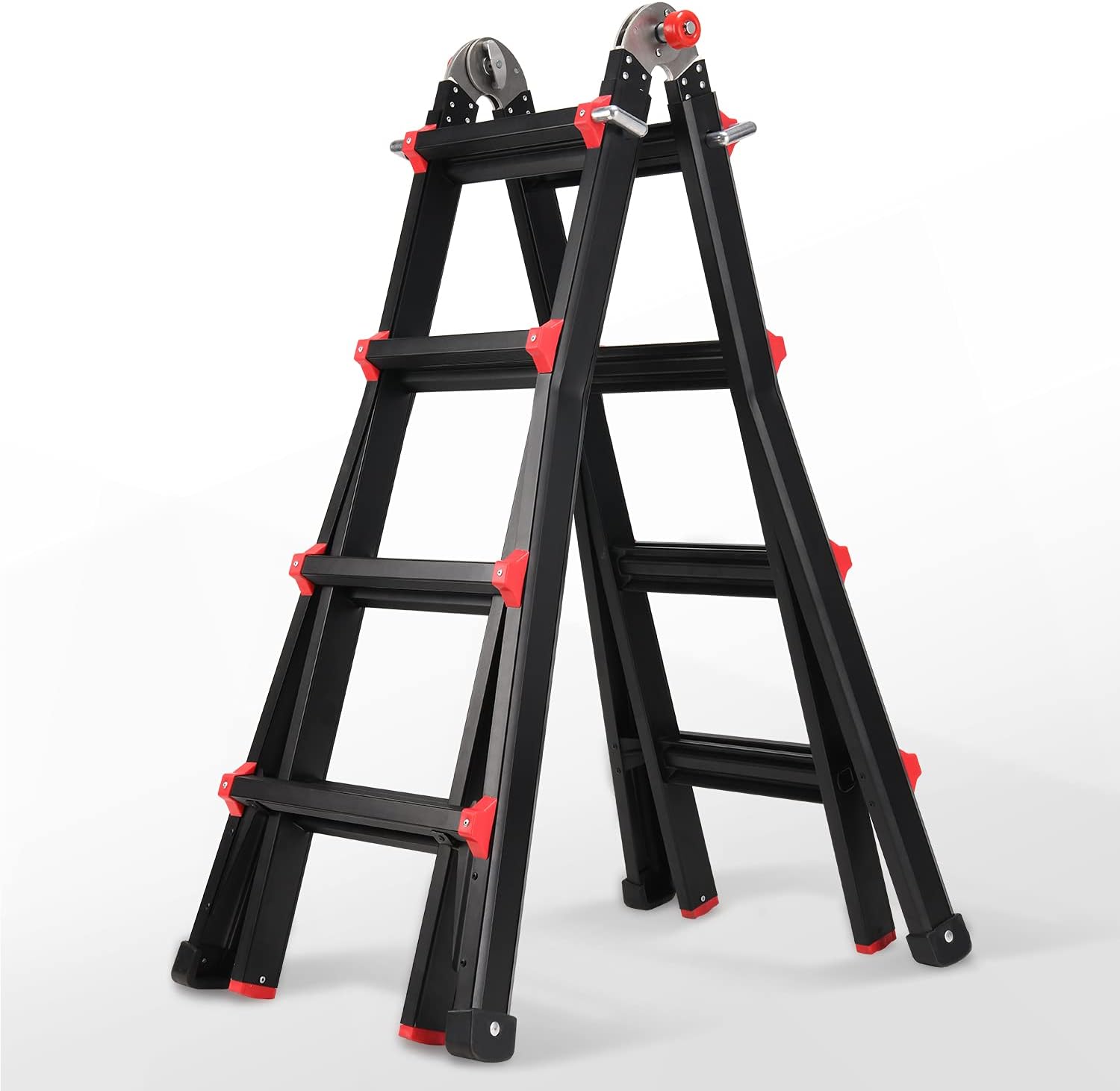
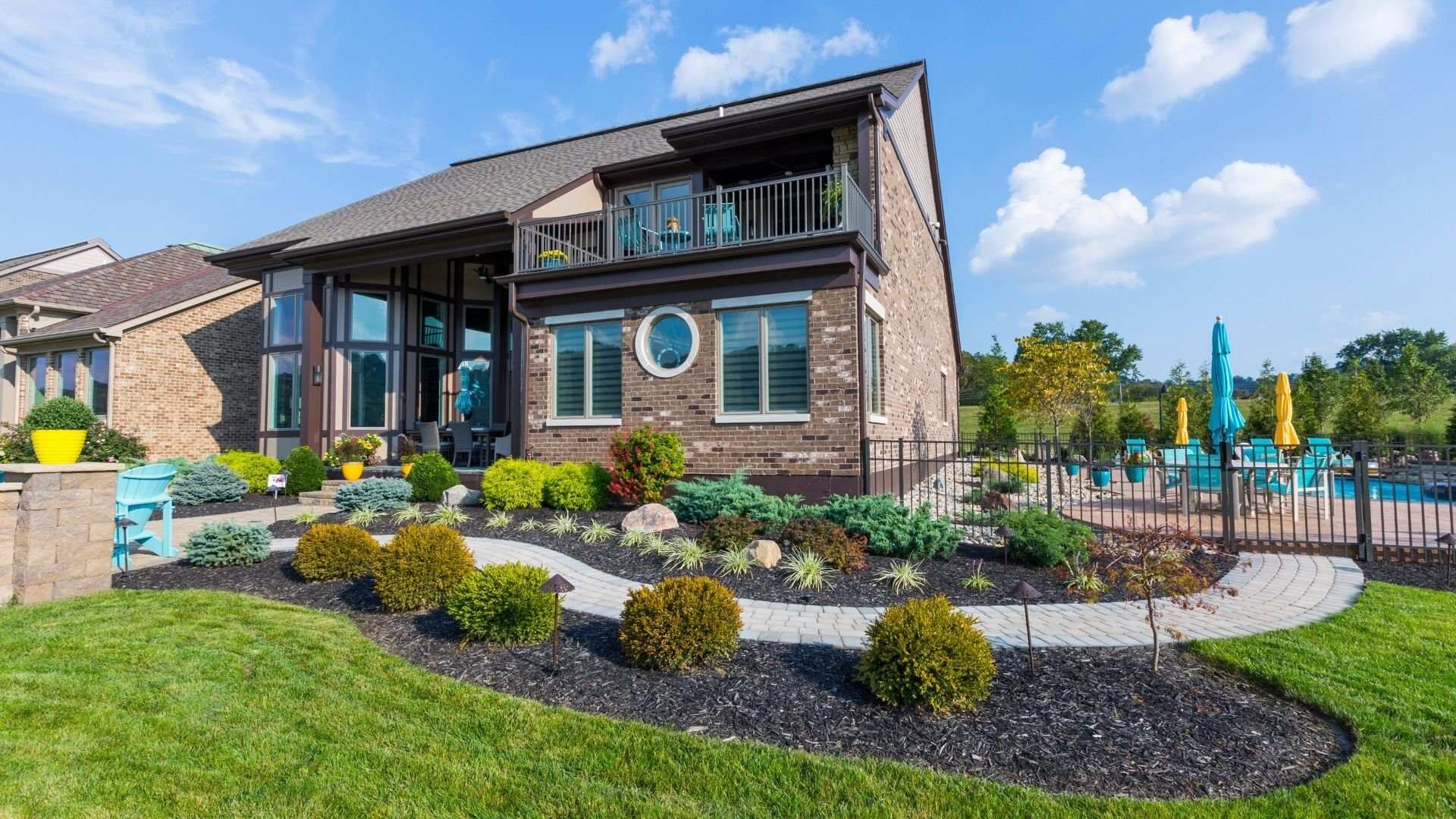
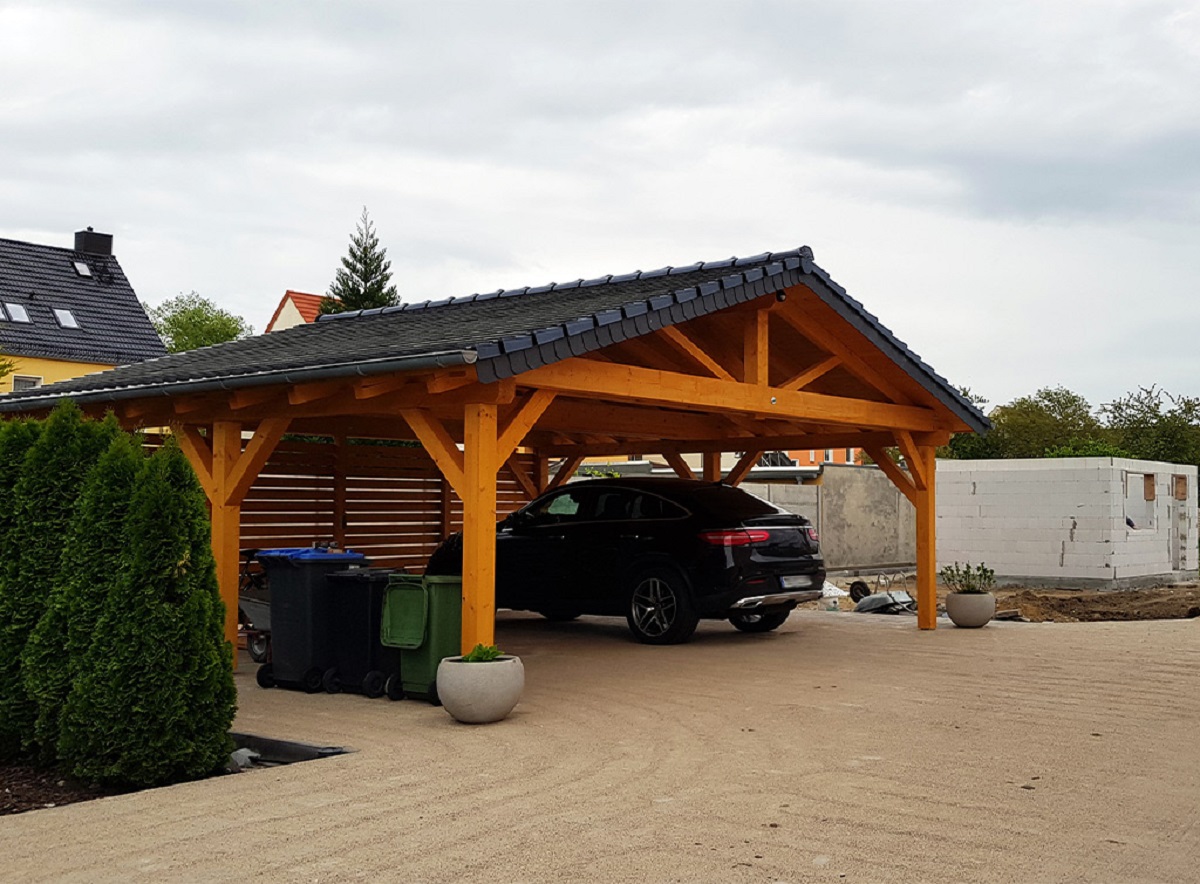
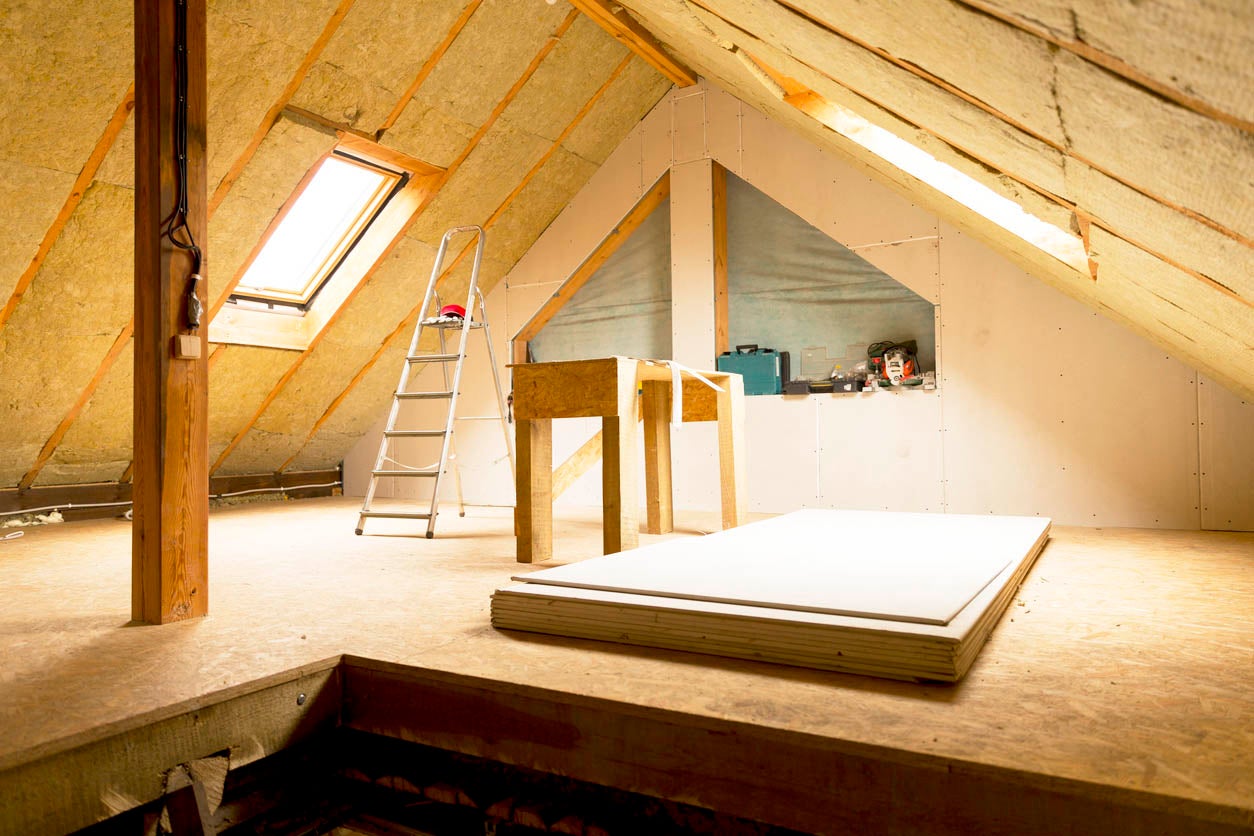

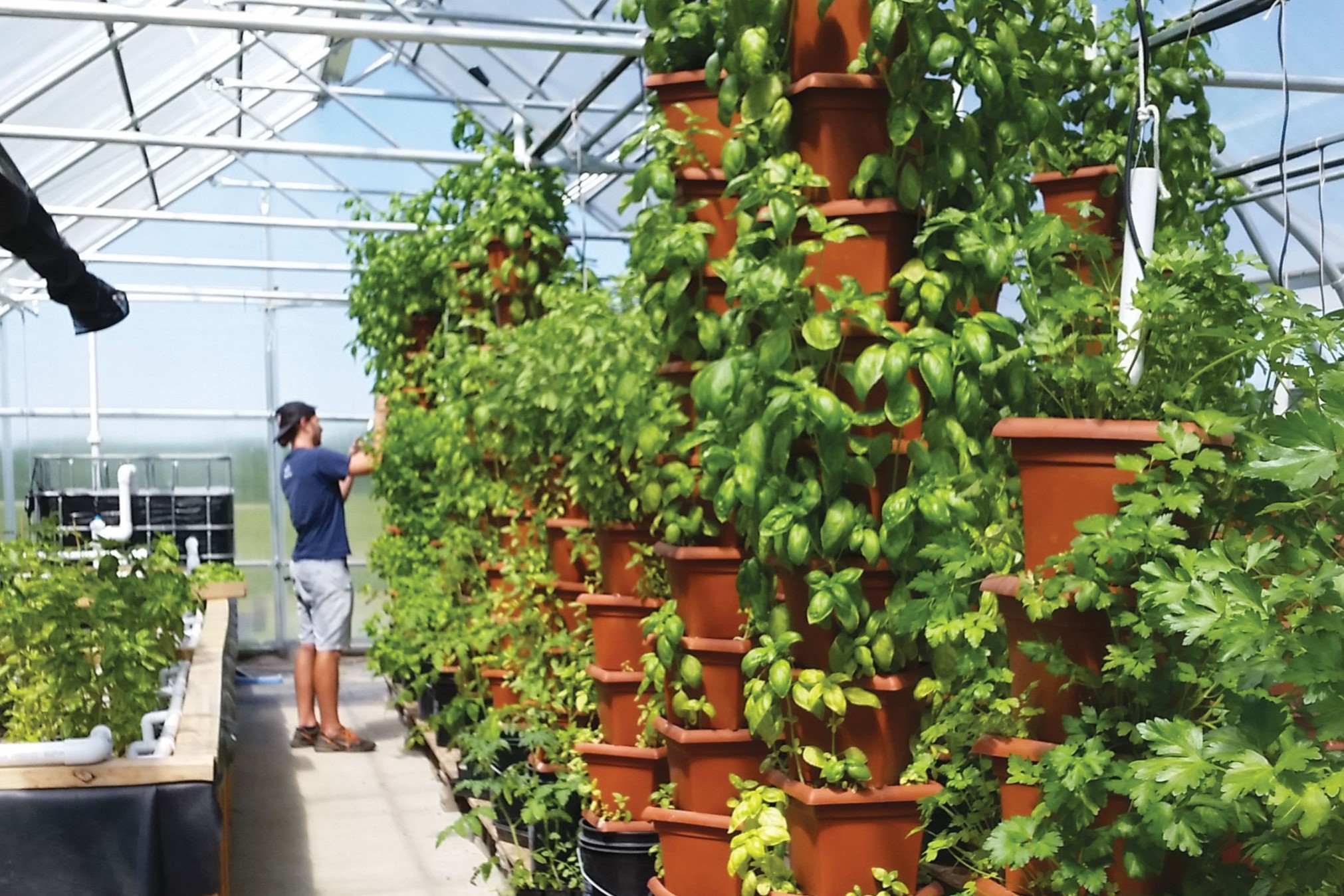
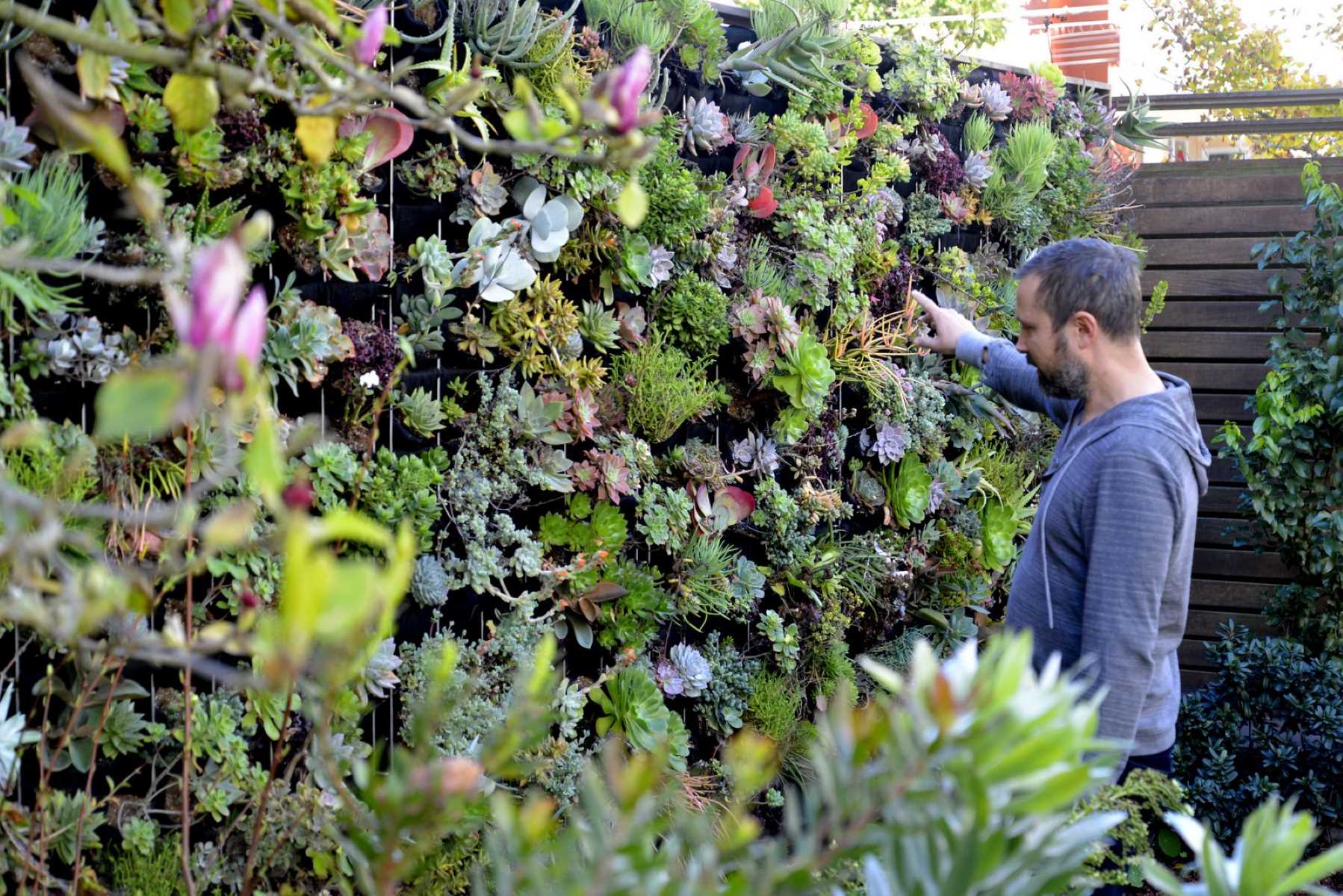
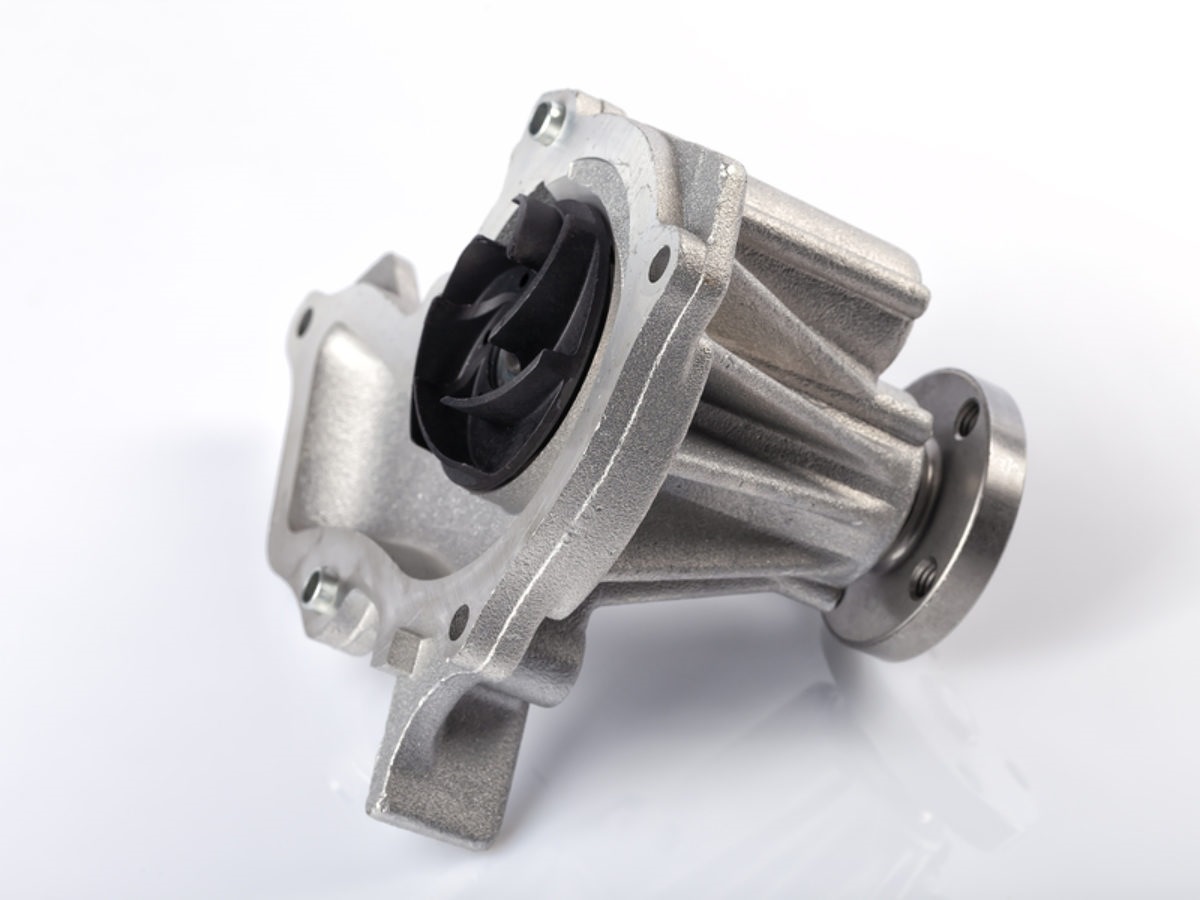
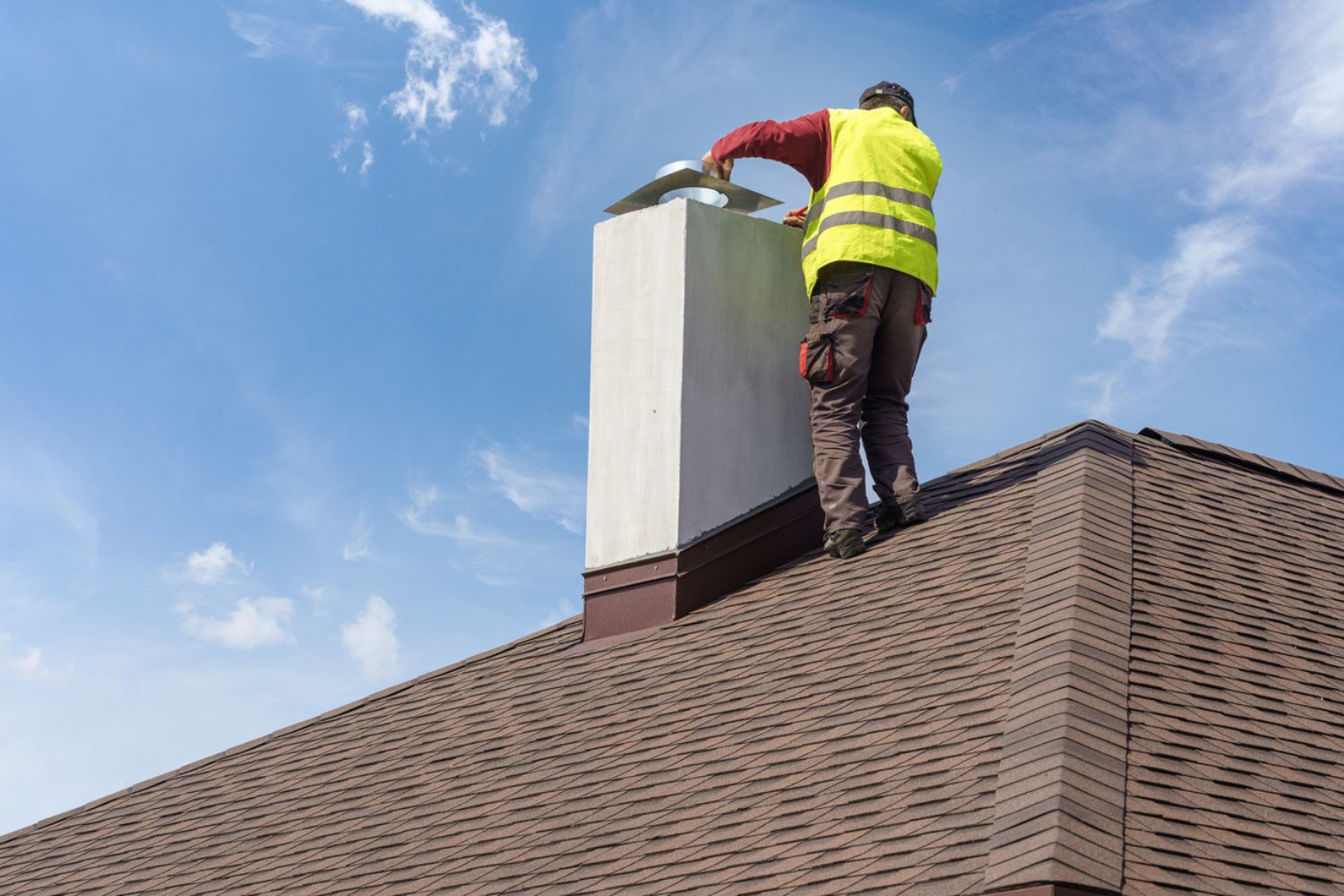

0 thoughts on “How Much Does A Vertical Garden Cost”